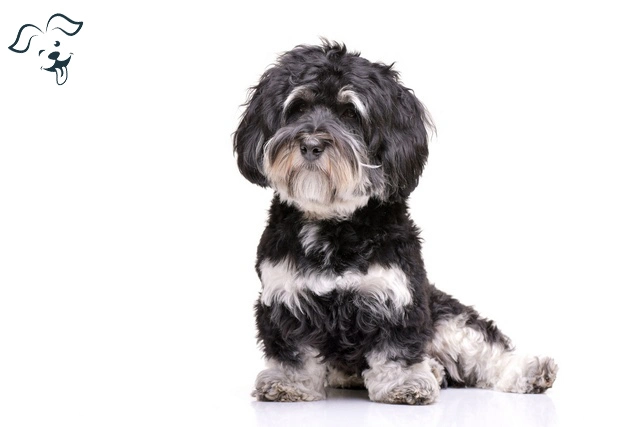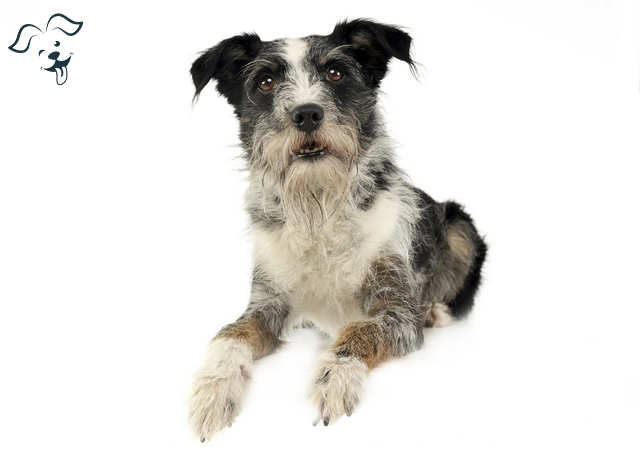CARING WITH FAMILY
|
| The level of affection a breed typically demonstrates towards their family members and familiar individuals can vary. Some breeds may exhibit a more reserved and aloof nature showing affection primarily towards their owner and being less attentive to others. On the other hand, certain breeds are known for their friendly and outgoing dispositions treating everyone they know as cherished companions and showing equal affection towards all family members and close acquaintances. It's important to consider the specific breed's characteristics and temperament when gauging their likelihood of being affectionate with different people. |
LOVE WITH CHILDREN
Unwise
Good With Children
|
| The level of tolerance and patience a breed exhibits towards children's behavior as well as their overall family-friendly nature is an important consideration. It is crucial to supervise dogs when they interact with young children or children who have little experience with dogs regardless of the breed. Some breeds are naturally more inclined to be patient and gentle with children making them more suitable for families. These breeds tend to have a higher tolerance for children's energetic and sometimes unpredictable behaviors. They may be more forgiving of accidental tugs or clumsy movements from children. |
BEHAVIOR WITH DOGS
Unwise
Good With Other Dogs
|
| The general friendliness a breed exhibits towards other dogs is an important consideration when assessing their compatibility with other canines, whether in a home or public setting. While all dog interactions and introductions should be supervised, certain breeds tend to have a higher inclination to get along well with other dogs. Some breeds are naturally more social and amiable, easily forming positive relationships with other dogs. They may display playfulness, tolerance, and ease of interaction when encountering unfamiliar dogs. These breeds often have a good understanding of canine body language and can navigate social dynamics effectively. |
SHEDDING LEVELS & MANAGEMENT
No Shedding
Hair Everywhere
|
| Amount of fur and hair can be anticipated to be shed by this breed. Breeds with a high shedding tendency will necessitate more frequent brushing, have a greater probability of triggering specific allergy types, and are more likely to require more consistent vacuuming and lint-rolling. |
COAT GROOMING STANDARDS
|
| The recommended frequency for bathing, brushing, trimming or other forms of coat maintenance for a particular breed. It is important to consider the amount of time, patience and budget you have available for such grooming tasks. Additionally keep in mind that regular nail trimming is necessary for all breeds. |
DROOLING INTENSITY
Less Likely to Drool
Always Have a Towel
|
| you have a preference for cleanliness, it's important to note that certain dogs may frequently drool, leaving ropes of slobber on your arm or creating large wet spots on your clothes. If this is a concern for you it may be wise to consider breeds that are less prone to excessive drooling. |
COAT STYLES GUIDE |
| Curly, Wavy |
| COAT SPECTRUM |
| Medium, Long |
FRIENDLINESS
Reserved
Everyone Is My Best Friend
|
| The temperament of a breed in terms of accepting unfamiliar individuals varies. Certain breeds may exhibit a reserved or cautious attitude towards strangers irrespective of the surroundings. Conversely, there are breeds that exhibit a cheerful disposition and are open to encountering new people whenever an opportunity arises. |
LIVELINESS
Only When You Want To Play
Non-Stop
|
| The enthusiasm a breed possesses for play can endure defying the age boundaries typically associated with puppyhood. Some breeds maintain a strong inclination towards engaging in activities like tug-of-war or fetch even during adulthood while others find solace in unwinding on the couch and spending quality time beside you. |
VIGILANCE INTENSITY
What's Mine Is Yours
Vigilant
|
| Certain breeds are more inclined to have a heightened sense of awareness regarding the presence of strangers. These breeds tend to be vigilant and responsive to any possible threats whether it's the mailman on the porch or a squirrel just outside the window. When someone unfamiliar enters their territory and is welcomed by their family these breeds are likely to become more receptive and accepting of the new individual. |
ADAPTATION CAPACITY
Lives For Routine
Highly Adaptable
|
| The adaptability of a particular breed to different situations is quite remarkable. This encompasses adjustments to one's surroundings such as living conditions, noise levels, weather conditions, daily routines, and any other alterations within their everyday life. |
OBEDIENCE LEVEL
Self-Willed
Eager to Please
|
| The ease of training your dog and their willingness to learn new things can vary between breeds. Certain breeds display a strong desire to please their owner and are eager to learn making the training process relatively easier. On the other hand, some breeds tend to have a more independent nature and may prefer to follow their own instincts rather than conforming to training commands resulting in a more challenging training experience. |
STAMINA LEVEL
|
| The exercise and mental stimulation requirements of a breed depend on their level of energy. High-energy breeds thrive on physical activity and require regular exercise to keep them engaged and prevent boredom. They enthusiastically participate in activities like running, jumping, and playing for extended periods. In contrast low-energy breeds have a more relaxed demeanor and are content with less exercise. They enjoy taking it easy and may prefer leisurely activities or simply lounging around and resting. |
VOCALIZATION
|
| Medium |
LEARNING CURIOSITY LEVEL
Happy to Lounge
Needs a Job or Activity
|
| The mental stimulation requirements for a breed are essential for their overall well-being. Certain purpose-bred dogs, which have been specifically bred for tasks that involve decision-making, problem-solving concentration or other cognitive abilities, have a higher need for mental stimulation. Without adequate mental exercise, they may become bored and exhibit undesirable behaviors or engage in activities that are not preferable to their owners. To keep these breeds happy and healthy it is crucial to provide them with appropriate outlets for their mental energy. This can include interactive toys, puzzle games, training sessions, or engaging in activities that tap into their instinctual drives. By fulfilling their need for mental stimulation owners can help prevent boredom-related issues and channel their dog's mental energy into positive and fulfilling endeavors. |
| COLORS |
|
Description
|
Registration Code
|
|
Black
|
007
|
|
Brown
|
061
|
|
Fawn
|
082
|
|
Gray
|
100
|
|
White
|
199
|
|
| PATTERNS |
|
Description
|
Registration Code
|
|
White Markings
|
014
|
|
Gray Markings
|
028
|
|
Black Markings
|
002
|
|
Brown Markings
|
022
|
|
Fawn Markings
|
008
|
|






























FRIENDLINESS
LIVELINESS
VIGILANCE INTENSITY
ADAPTATION CAPACITY